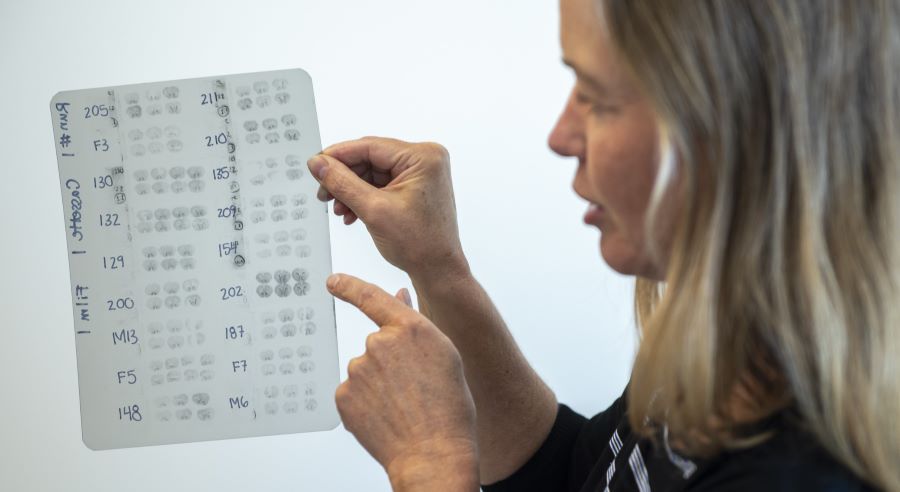Research
Faculty Research Interests
- affect, cognition and their interactions with biological rhythms, sleep/arousal system
- circadian rhythms in mammals
- drug addiction, relapse and the brain
- learning and memory systems that influence adaptive/maladaptive behaviors and underlying neurobiology
- maternal caregiving and its regulation by steroid hormones, neuropeptides, and neurotransmitters
- social behavior and the roles of vasopressin and oxytocin
Labs & Research Projects
Castillo-Ruiz Lab
Studying the effects of birth on the development of brain and behavior. Castillo-Ruiz Lab
Johnson Lab
Studying the neurobiology of learning and memory Johnson Lab
Lonstein Lab
Studying how steroid hormones, neurotransmitters, neuropeptides, and interactions with offspring affect the neural sites regulating mothers' caregiving and emotional behaviors. Neurobiology of Postpartum Socioemotional Behaviors
Veenema Lab
Understanding the roles of the neuropeptides vasopressin and oxytocin (as well as opioids and orexin) in regulating social behaviors. Veenema Lab


